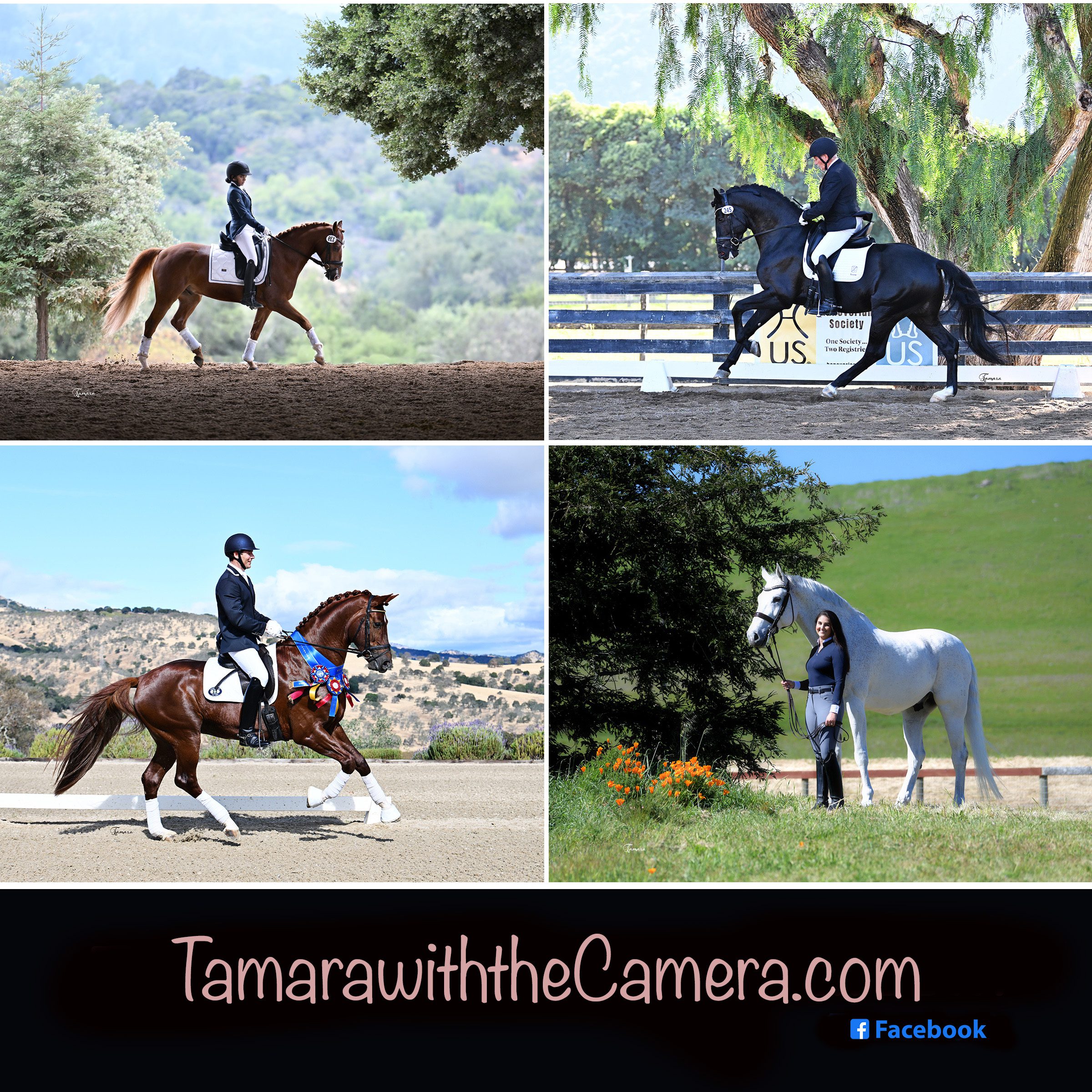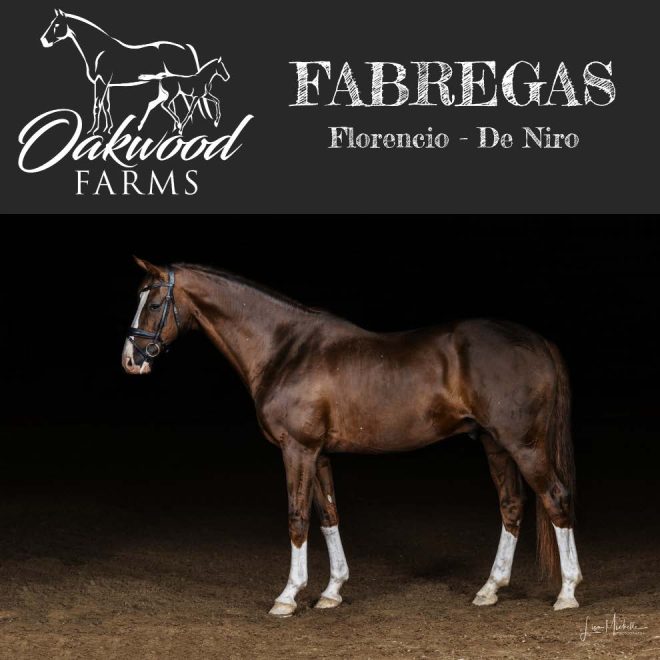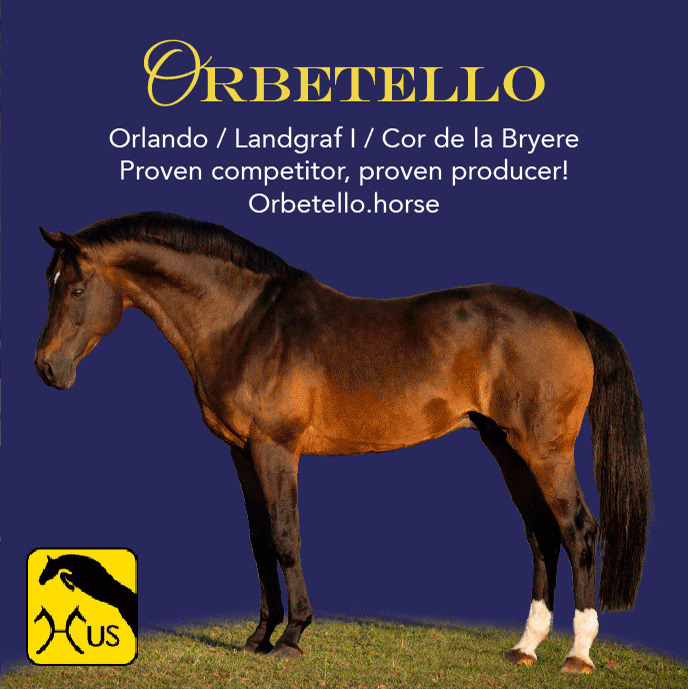Presenting your Foal at Inspection
Foals are often presented at AHS inspections during the registration process so a judge can document their markings and brand if the owner elects this option. It is not a requirement to take a foal to inspection. Outreach branding and online registration options are also available for foals unable to attend an inspection.
- NOTE - horses with Annex papers will not be branded.


Registration Paperwork
Owners who choose NOT to attend an inspection, but to register their foal online use the same form, checking the appropriate box at the top of the enrollment form. In 2023 we are offering a $50 reduction in the regular foal registration fee for owners that elect the online option. Once the enrollment form and fees have been received by the AHS office, a foal registration kit will be mailed to the owner. All foal paperwork--DNA results and microchip certificate--must be returned to the AHS office by December 31 of the foal’s year of birth to receive the complimentary USEF life number. All foals should be registered by the end of their yearling year.
Naming Foals
DNA Kits For Parentage Verification
All foals must be parent-verified through DNA typing before the registration papers are issued. A DNA kit is included as part of the comprehensive foal registration fee and a kit will be sent to you upon receipt of your initial enrollment and fees for the inspection. Read the instructions before pulling the hair. Do not cut the hair; make sure that the hair sample includes the roots. Hair samples can be taken as soon as the kit is received. The foal does not have to be a specific age.
If the dam of the foal has not previously been DNA typed and the office cannot get a DNA case number from another registry, the mare must be DNA typed as well. You should order a kit for the mare at the time you begin foal registration whether through an inspection or on-line, so both kits can be sent at the same time. (Note: mares having AHS-registered foals from 1994 and on have already been typed; call the AHS Office to check on other mares’ status.)
All foals awaiting DNA parentage verification may participate in the registration/branding process at the inspection site, provided the foal is still at the dam’s side. Do not delay in submitting the hair samples to UC-Davis, as weaned foals can be branded only if their parentage verification through DNA has been completed (i.e., results from UC-Davis on file at AHS office). In the case of weaned foals, AHS also will require that a photograph of the foal with its dam be available at the inspection site.
Foal Microchips
In 2017, the AHS Board voted that all registrations (AHS, ARS, and Certificate of Pedigree horses) now require microchipping as part of their registration process. The AHS office sends a microchip and microchip certificate with each registration kit. The owner's veterinarian injects the microchip and signs the microchip certificate. The certificate must be returned to the AHS office with the rest of the registration requirements. The certificate must be received prior to papers being issued. AHS microchips are USEF compliant and we can search our database by microchip numbers. We are pleased to include microchips as part of our registration as it will be an additional method for horse verification. The AHS does not refund for the microchip when you use your personal microchip.
Foal Photographs
Complimentary USEF Lifetime Recording
The AHS is pleased to offer this added value to our membership at no additional cost. This partnership between the AHS and USEF will allow both organizations access to accurate data for both pedigree and performance. The AHS will provide USEF with full breeding data on each foal and, in return, the USEF will provide the AHS with a USEF life recording number for each foal that will be noted on AHS/ARS registration papers. In addition, the owner will receive a life recording certificate from the USEF.
Presenting a Foal at Inspection
Gold Medal Foals
Begun in 2019, the Gold Medal Foal program is offered by Hannoveraner International, the organization for Hanoverian societies outside of Germany.
Dressage foals are judged on type, conformation, and basic gaits. The AHS will award this medal to foals of dressage pedigree with the unofficial score of 8.0 or higher. Jumper foals are judged on type, conformation, basic gaits, and their pedigree. The AHS will award this medal to foals of jumper pedigree with the unofficial score of 7.75 or higher. This is not a foal competition nor automatically awarded to the Top Foal of the inspection day but an independent international Hanoverian award for high-quality foals. Judges will internally score foals at the inspection to determine the top dressage foals and jumping foals but those scores will not be recorded or given to foal owners.










